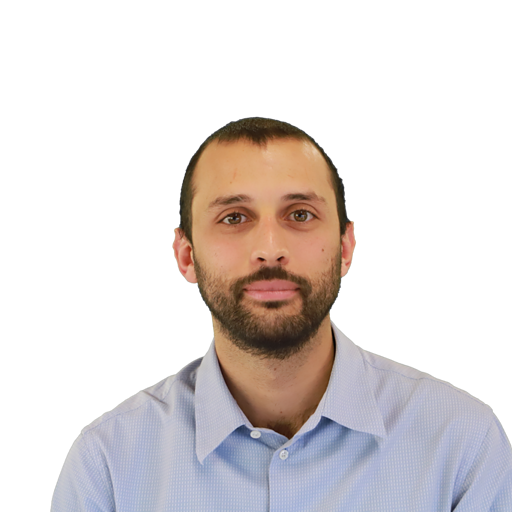GOAL
The EXTREMA project aims to revolutionize the current paradigm on how deep space probes navigate and are operated. Instead on relying on limited ground and human assets, it aims to enable CubeSats with autonomous guidance, navigation and control (GNC) capabilities, ultimately triggering the democratization of the space.
EXTREMA finds its foundations on three main pillars. Their outcomes will eventually be integrated in a fully-functional facility to test interplanetary missions on smaller timescales, the EXTREMA Simulation Hub.
PILLAR II
Autonomous G&C
Pillar 2 of the EXTREMA project aims to enable on-board real-time guidance of interplanetary spacecraft; in our vision, CubeSats will be equipped with a lightweight and reliable algorithm able to autonomously recompute their optimal trajectory when necessary.
We will develop our own algorithm and address its validation by means of an in-house built facility, which will consist of a thruster executing the commanded control action. The facility will be then integrated with the EXTREMA Simulation Hub to simulate the complete dynamics of an interplanetary CubeSat.
RESTART ANIMATIONPILLAR III
Autonomous Ballistic Capture
In Pillar 3 it is investigated how a spacecraft can attain ballistic capture in autonomy. Ballistic capture is an event that occurs in extremely-rare occasions, and requires acquiring a proper state (position, velocity) far away from the target planet. Massive numerical simulations are required to find the specific conditions that support capture.
On average, 1 out of 10,000 conditions explored by the algorithm grants capture. The union of these points defines the capture set, which in turn is used to find the capture corridors: these are streams of orbits that can be targeted far away from the planet and that guarantee ballistic capture.
RESTART ANIMATIONTHE EXTREMA Simulation Hub
The outcomes from the previous pillars will be integrated in a fully-functional testing and validation facility, the EXTREMA Simulation Hub.
In the ESH, the space conditions that the interplanetary CubeSat will face will be reproduced in order to assess the performance of the GNC algorithms. The evolution of the spacecraft attitude will be reproduced through an air-bearing spherical joint, while the effects of the main propulsion system will be monitored through a hardware-in-the-loop simulation approach.
A ground-breaking accelerating approach will be employed to guarantee faster simulation times, as traditional space missions last months if not years.
The success in the realization of the ESH will mark the success of the EXTREMA project, ultimately triggering a distruptive paradigm shift in how interplanetary spacecraft are operated.
RESTART ANIMATIONCONSORTIUM
The EXTREMA project is carried on by the DART Team at Politecnico di Milano. This project has received funding from the European Research Council (ERC) under the European Union's Horizon 2020 research and innovation programme (grant agreement no. 864697).

EXTREMA TEAM
Check each team member to discover more about its background and skills

Fabio Ornati

Gianmario Merisio

Eleonora Andreis

Alessandro Morselli

Fabio Ferrari

Carmine Giordano

Vittorio Franzese

Francesco Topputo

Gianfranco Di Domenico

Alessandra Mannocchi

Davide Perico

Paolo Panicucci

Andrea Carlo Morelli
DISCOVER MORE
Explore the website to discover the DART team, other projects and to check publications.
